mick the builder
Well-Known Member
- Posts
- 5,901
- Location
- Sligo,Wild West of Ireland.
Great thread, i understand the problem so much better know after reading @discomania write up.
The chemistry behind this and the practical use of SS fasteners confirms that aluminium fastened with SS fasteners is a good choice.
To further complicate things, SS fasteners are often not a good idea in... stainless steel!
If it offers you any comfort I have used SS fasteners all over my LR including direct contact to aluminium - been there for about 5 years now... no issues with corrosion.
When it comes to metals the best combination would be to use the same metal for everything, not just the same type of metal, but the same exact material specification - which you will never get as sheet steel and bolt steel for example are different grades!
And I thought I was being cautious! Love the attention to detail. On my little repair job I'm going to great lengths to isolate steel from stainless from alu. Im feeling like a part timer compared to complete chassis isolation
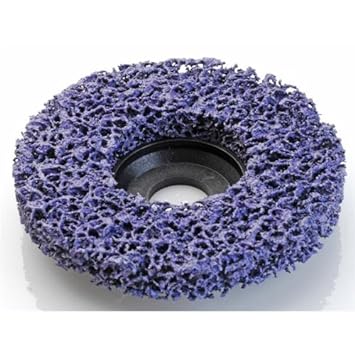
Try apple cider vinegar and a brass or stainless wire brush. There is alot of info on google search.Would a CSD disc be a good choice to grind down the aluminium corrosion?

Try apple cider vinegar and a brass or stainless wire brush. There is alot of info on google search.
you will end up with very thin aluminum foil.Are you saying that a CSD disc is not suitable or do you just prefer your method?
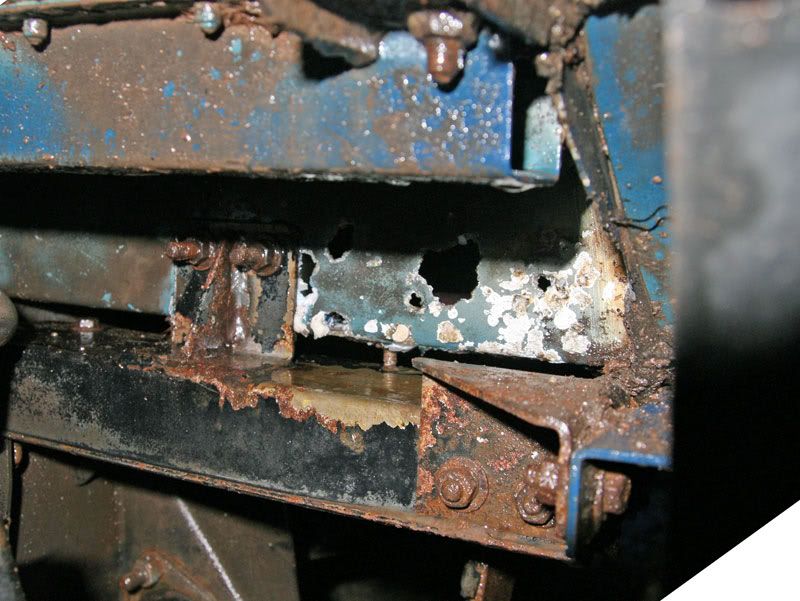
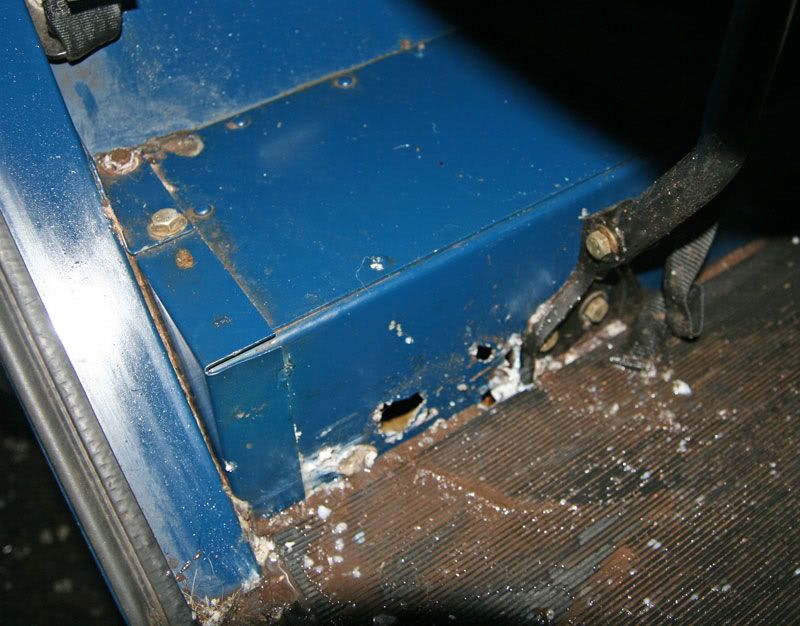
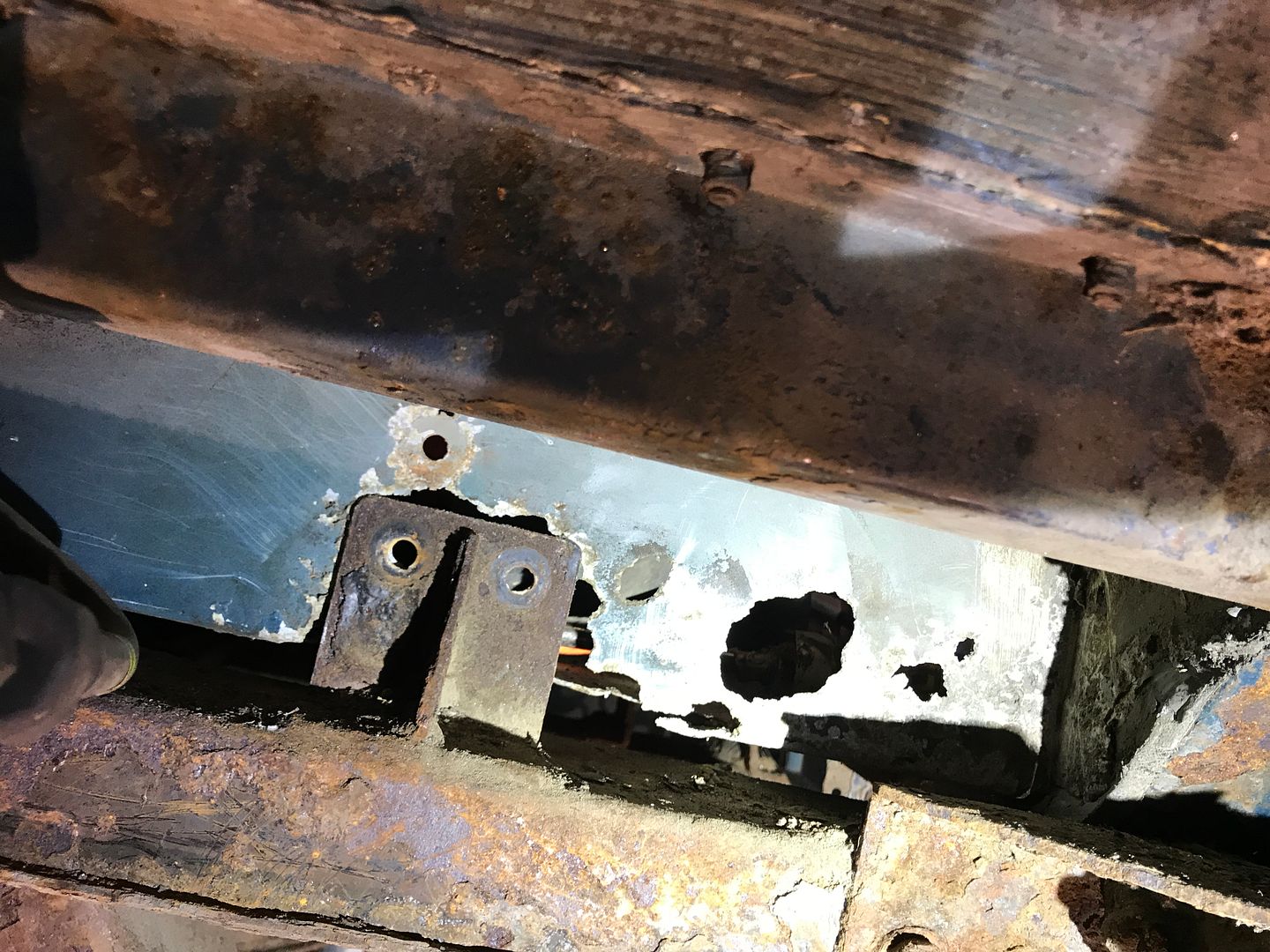
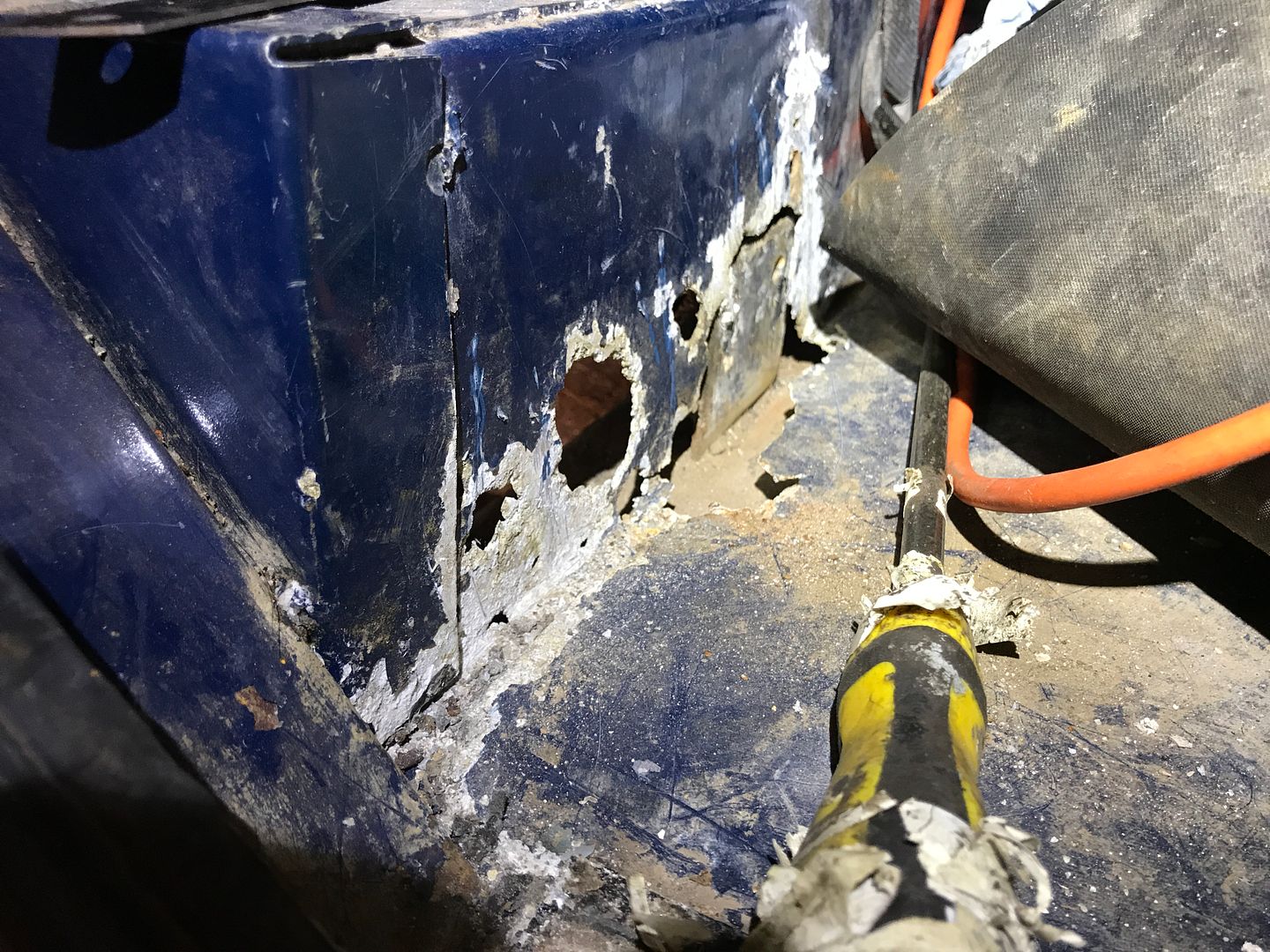
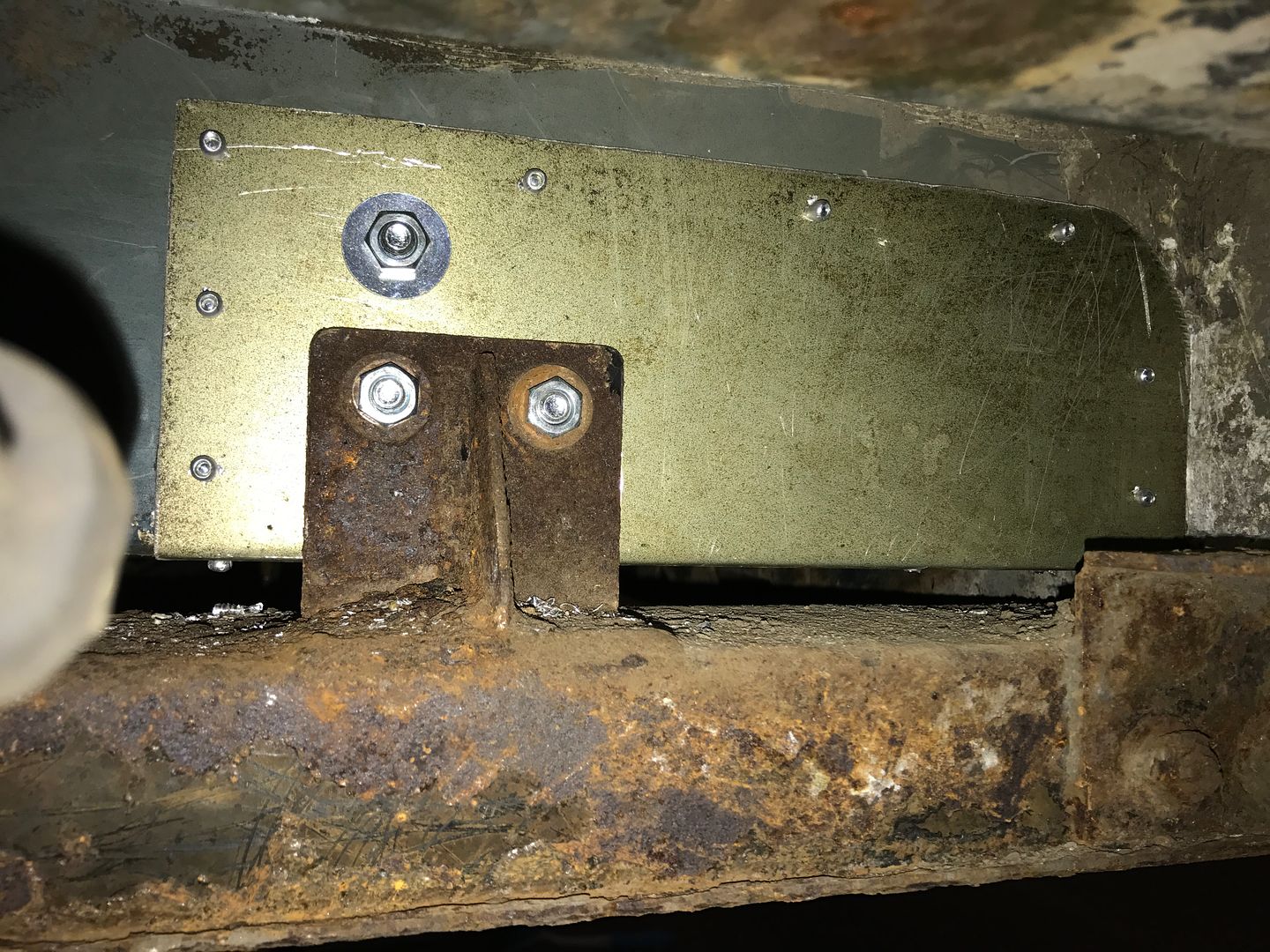
Oh man I feel for you... I'm also impressed with your repair - respect.This was mine after the first time I jet washed the underside after getting in in January 2009, and then again nearly nine years later when I finally got round to patching it a month ago....
Oh how I wish I had treated the underside rather than just talking about it, its a 52 plate btw.





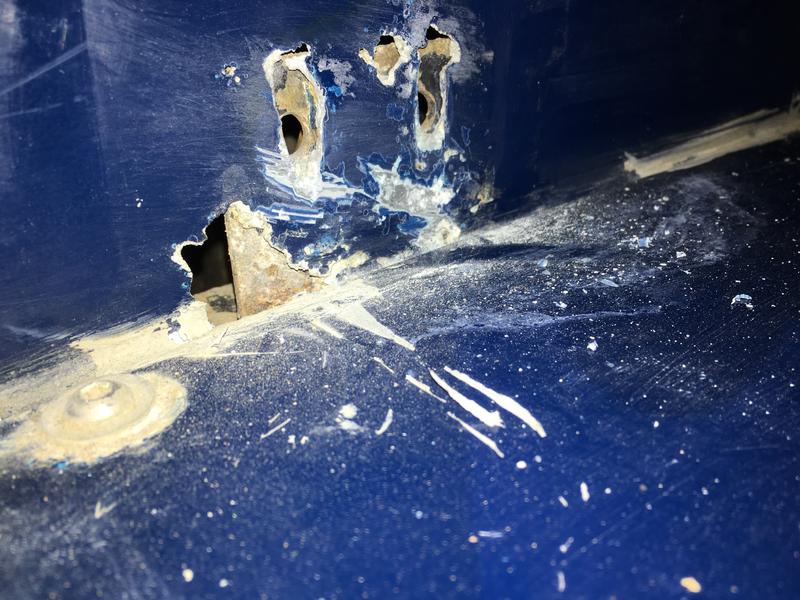
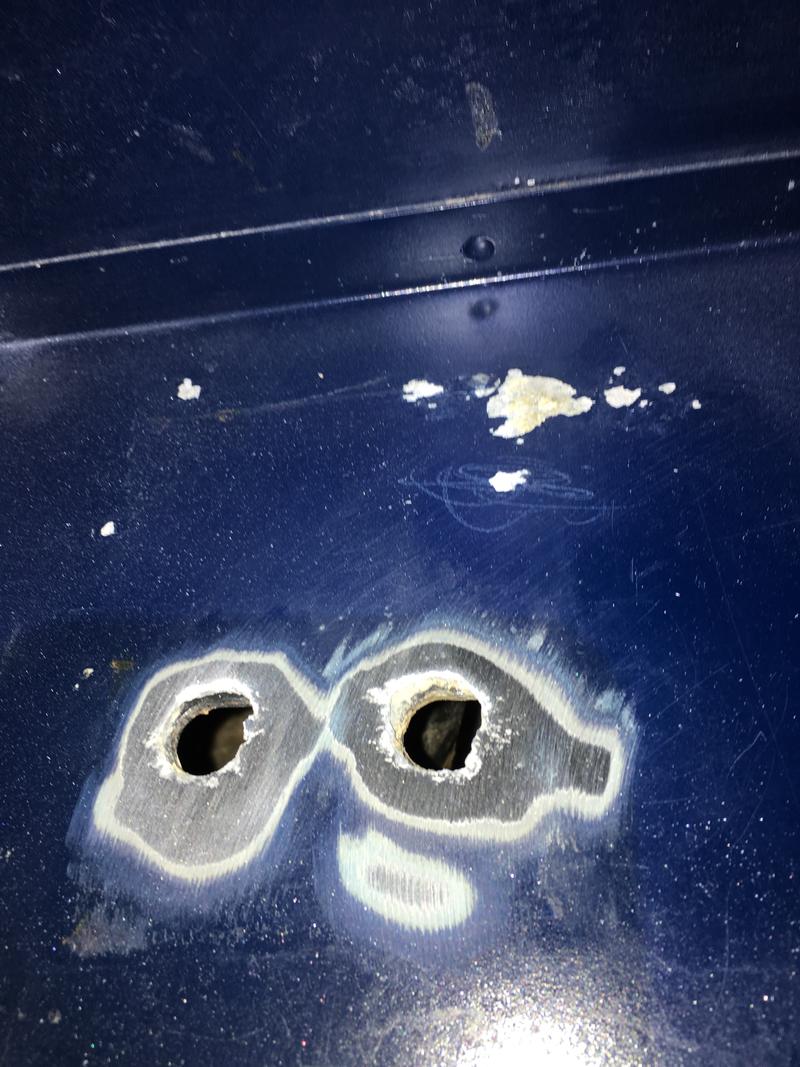
That's only down to bare metal in parts. There's still some pitting on the surface with oxide in it and the holes themselves are untouched. Ideally all of that oxide needs to be back to bare metal, both surfaces and the inside of the hole.I tried the CSD disc to remove all the corrosion on the surface and the result looks pretty neat. Bare metal without without too much damage or thinning.

I work in the marine industry some of the time. When aluminium or alloy fittings are bedded together in the salty environment (electrolysis can be rampant!) the industry standard compound is Duralac. https://www.force4.co.uk/duralac-anti-corrosive-jointing-compound.html#.WdWdFkHTX7o Other suppliers available and I've no connection with Force Four: it just happened to be the first Google hit I copied.
Nope, never heard of that, but it'll be on the shopping list no doubt. Cheers.I work in the marine industry some of the time. When aluminium or alloy fittings are bedded together in the salty environment (electrolysis can be rampant!) the industry standard compound is Duralac. https://www.force4.co.uk/duralac-anti-corrosive-jointing-compound.html#.WdWdFkHTX7o Other suppliers available and I've no connection with Force Four: it just happened to be the first Google hit I copied.
It's also used (or something very similar) in the aircraft industry when joining aluminium and other metals together.
I'm surprised no one seems to be aware of it when rebuilding or repairing Landrovers?
Welcome To LandyZone, the Land Rover Forums!
Here at LandyZone we have plenty of very knowledgable members so if you have any questions about your Land Rover or just want to connect with other Landy owners, you're in the right place.
Registering is free and easy just click here, we hope to see you on the forums soon!
